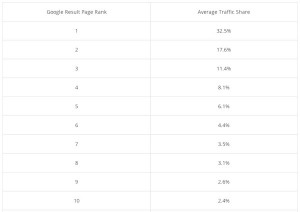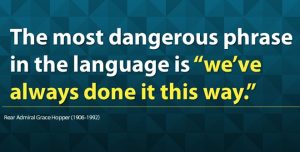
Business-related emails account for more than 108 billion emails sent and received per day. By 2018, that number is expected to reach nearly 140 billion business-related emails sent and received per day. With those numbers in mind, its easy to see why there are a flurry of articles decrying the impossibility of reaching inbox zero for professionals. Yet, despite the continuing growth of our individual inboxes, 42% small business owners prefer to communicate with employees, partners and prospects via single-topic emails.
In a study conducted by The UPS Store, surveying the preferences of communication amongst small business owners, email consistently ranked as first preference – especially when those emails are focused, actionable and on-topic.
“Small business owners play a variety of roles and are often stretched for time, so efficient and meaningful communications is crucial to their success,” said Michelle Van Slyke, vice president of marketing for The UPS Store. “Anyone working with a small business owner needs to understand how to best communicate with them to make the relationship count.”
Conversely, ranking near the bottom in preference method for communication among small business owners is telephone calls –– reflecting also a consumer preference shift to smartphone apps, which effectively compartmentalize our professional and personal lives. Calls often interrupt the business day, whereas emails or other preferred communication lines allow people to plan out response time, coordinate their days and manage their bandwidth.
“There is evidence that incoming calls incur a significant resumption lag for smartphone users,” wrote Matthias Boehmer for the University College of London Interaction Center. “Studies have found that after finishing a phone call, it took users up to 40 seconds longer to finish the task they were working on prior to dealing with the call.”
For small business owners running omnichannel operations and looking to scale their brand growth, time is a resource that must be allocated effectively – and those 40 seconds can add up. In fact, second in line for most preferred communication for small business owners is a self-serve center, FAQ page, or blog posts. These types of information-heavy online content are often found via a Google search and help those looking to service small businesses rank well within search engines. Equally important, though, is the inbound marketing shift within the market.
Demand generation is still a vital part of any organization, but inbound marketing teams within businesses serving SMBs are continuing to grow. Inbound marketing is the output of information on sites to purposefully increase SEO, reduce call volume and generate warm leads. In other words, small business owners are preferring to come to your brand for a solution, rather than you going to them.
In all, here is the breakdown of how SMBs prefer to do business with services and partners:
Most preferred method:
- Single topic email (42%)
- Content on company website (19%)
- Multi-topic newsletters/emails (12%)
Least preferred method:
- In-person meeting with sale representative (31%)
- Posts on social media sites (29%)
- Telephones calls (18%)
Small business owners, speak up! How do you prefer to do communicate with partners? Let us know in the comments below.
(239)
Report Post






